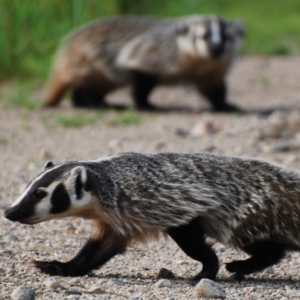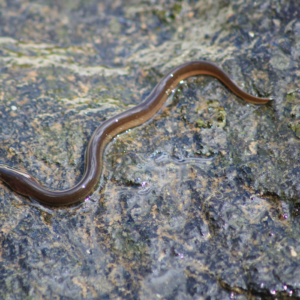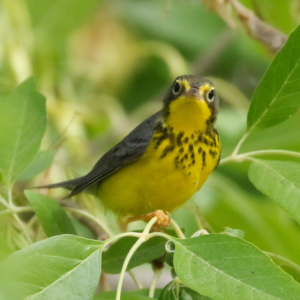Ord’s Kangaroo Rat
Yes, these rodents do hop like kangaroos! And though they’re tiny, this species plays a big part in the stability of its ecosystem. Save endangered species today by joining one of our campaigns!
Help End the ExtinctionVital Signs
- Common name: Ord’s Kangaroo Rat
- Latin name: Dipodomys ordii
- Conservation Status: Endangered
- Range: Alberta, Saskatchewan
- Life span: Average lifespan is less than one year, but the oldest recorded age is 4 years
- Size: Average weight of 70 g
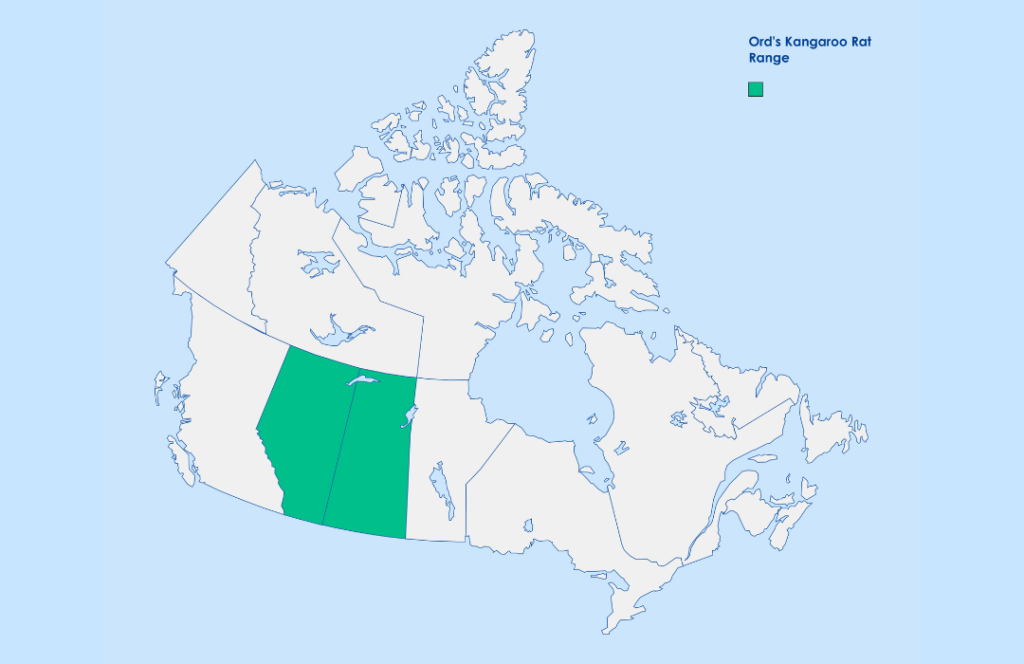
Ord’s Kangaroo Rat is orange-brown in colour, with a white underbelly and tail. Its tail is over half of its entire body length and has a tuft at the end. This tiny animal stands on two hind legs with large feet, which it uses to hop around.
Ord’s Kangaroo Rat Facts
- Lives in loose sand or soil, particularly sand or soil that comes from eroding sand dunes
- Are nocturnal, and prefer to be active when there isn’t any moonlight
- Spend most of their time underground in burrows
- Are a solitary species and get aggressive when other Kangaroo Rats enter their territory
- Eat mainly seeds, and store many below ground for the winter
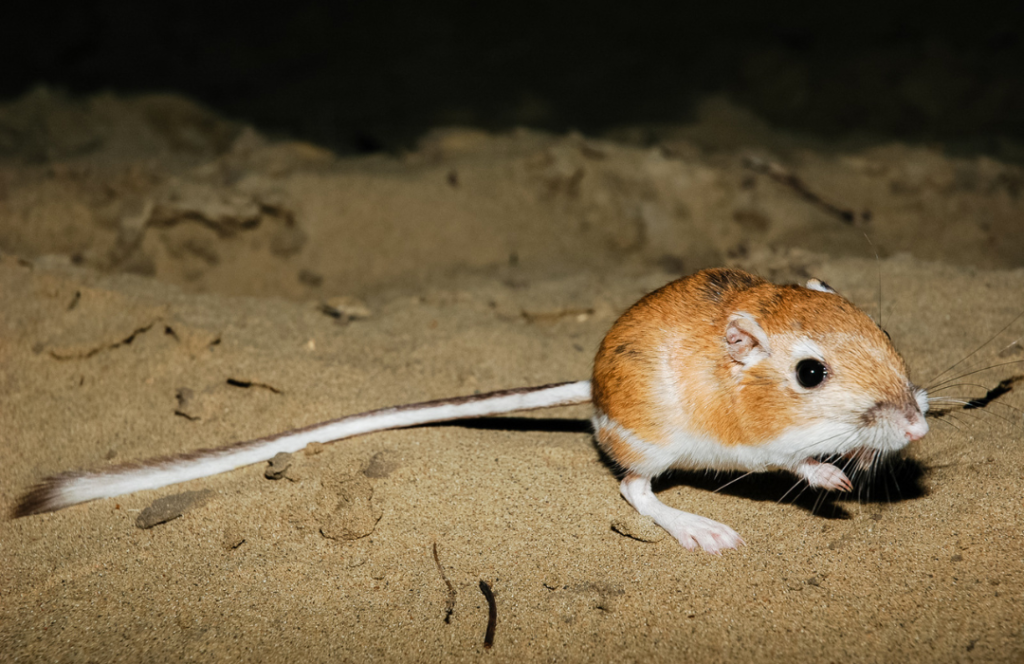
Threats
Ord’s Kangaroo Rats are threatened by a combination of many human activities. These include road development, pollution from light and noise, energy production, commercial development, and agricultural development.
They are also threatened by climate change. Climate change is causing conditions that favour the growth of plants in the Kangaroo Rat’s habitat. This keeps sand dunes stable, but Ord’s Kangaroo Rat needs sand dunes that are eroding to make their homes.
What’s Being Done
Ord’s Kangaroo Rat is federally protected under the Species At Risk Act. Alberta has had a recovery plan in place since 2005. In Saskatchewan, its habitat is protected under the Wildlife Habitat Protection Act and the Representative Areas Ecological Reserve Act.
A lot of the Ord’s Kangaroo Rat range is in the Canadian Forces Base Suffield. Currently, the base does not allow activity within 250 metres of any Kangaroo Rat dens.
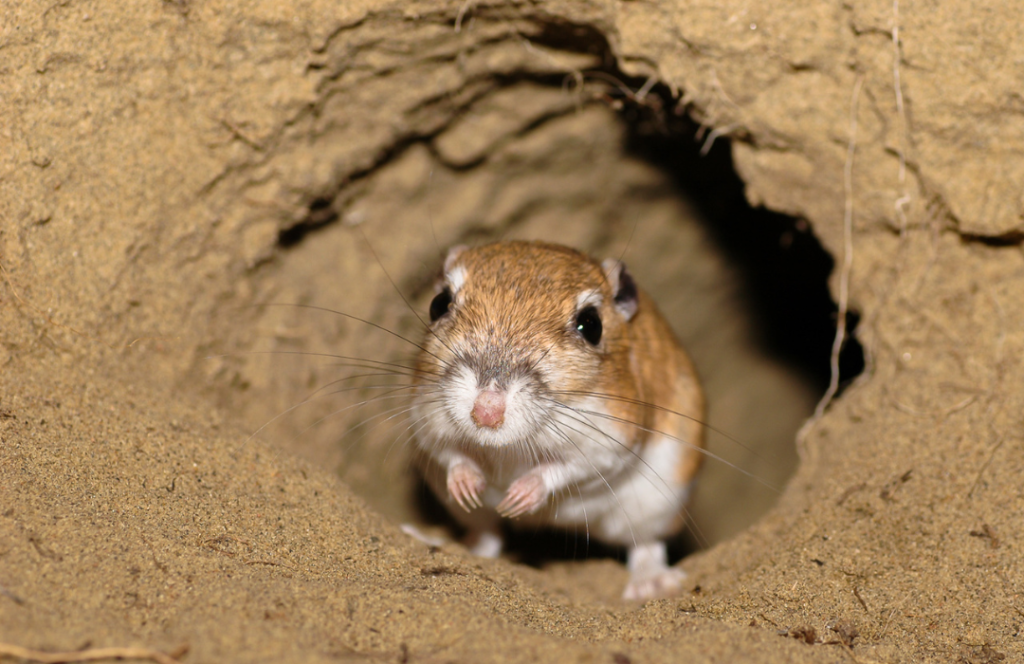
Canada has committed to the goal of protecting 30% of lands, ocean, and freshwater in Canada by 2030. This goal will help protect ecosystems, restore habitats, and fight climate change. All these things are a step in protecting Canada’s at-risk animals—so let’s hold the federal government to their promise.
How to Help
- Visit: Check out the Royal Alberta Museum in Edmonton to learn more about prairie ecosystems.
- Learn: Stay informed about endangered species by signing up for Nature Canada’s monthly e-newsletter.
- Take Part: Appreciate the prairie ecosystem in person. You cannot visit Suffield NWA, but Saskatchewan’s Great Sand Hills are open to the public.
- Find out more: Help us end the extinction by taking action for nature today—visit conservation websites like Nature Canada or join one of our campaigns!
Resources
- COSEWIC – Assessment and Status Report
- SARA – Species Profile
Originally drafted by Raymond Schmidt. Updated in July 2022 by Simona Casale.

